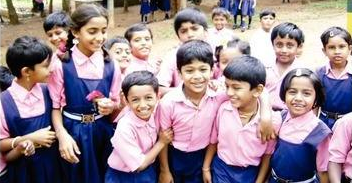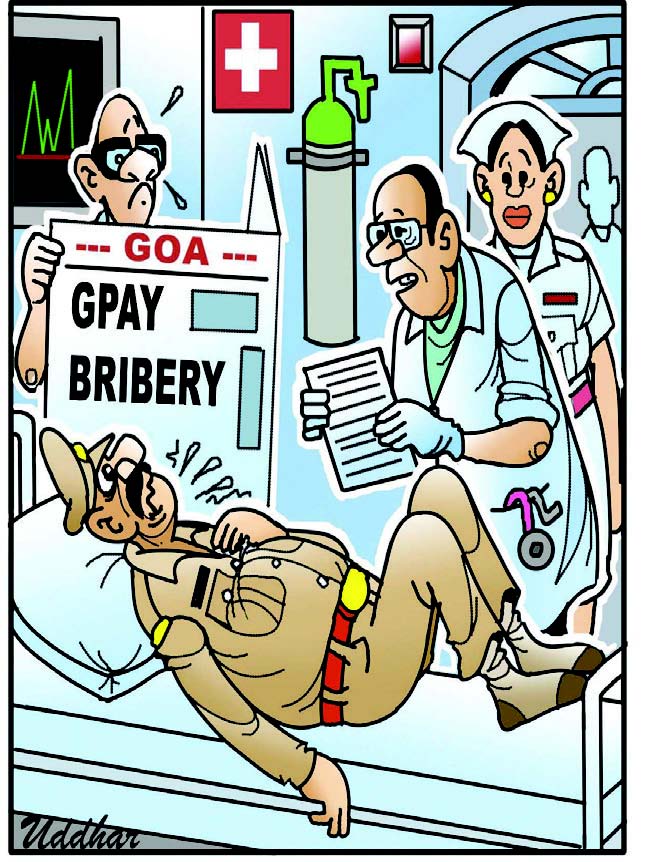
Binayak Datta
I was reading with interest the New Education Policy 2020 released last week. I found it a brilliant document – with quite radical changes from, not only the existing system but also from the Draft Policy on which most of us with keen interest in mentorship of the young India, had put our suggestions. I always looked upon education as a priority for our great country. Good read, I only got derailed I confess, figuring out the last chapter in pages 96 and 97, the ones dealing with “How to Make Things Happen” and which as usual, churn out a sea of will-be’s and should-be’s!
I would focus today, only on the school education part, viz the Foundation, the Preparatory, the Middle School and the Secondary parts – which I consider form the most important part together, of education in our country and in my next article, I shall dwell upon the Higher Education program in the policy.
My assessment of the current school education system: Before I even venture into the New Policy – let me summarise what I see today: I see a deep “Class-Divide” between children at the school age – the rich 10% with the best schooling, best pedagogy, best sports, best competitive skills, resulting in more initiative and innovative skills and they are the ones that fill up the best seats as they pass the +2 Board Levels. But the India of 1.3 billion cannot stand on the shoulders of this 10% only, who would generally migrate to expensive foreign countries, perhaps to participate in their growth stories. I’ve fortunately had occasions to mentor on both sides of this deep divide!
I think it’s the 90% that’s more precious, in terms of the country and in terms of developing its human resources. I happen to have sat thru the admission-viva’s of a few Management Schools and I’ve invariably found the 10% walking-over the 90% even though in the individual tests both would have done equally well. The weaknesses in my 90% are the following: 1) Lack of ambition and Initiative, 2) Poor knowledge in current affairs severely hampering self-esteem, 3) The anathema called “Maths” and logical thinking; 4) Effective communication particularly in English, 5) Deftness of “Vomit” (Mug-and-throw-up); and 6) Borrow-and-enter-coaching-houses; somehow pass even by questionable means!
The causes in my view are: a) Poor quality of Government schools – If you visit an average Government School (excepting in Delhi) you would have the answers at once. The teachers-students’ ratios would be around 1:60; assuming there is a teacher in the first place. b) Training and pedagogy capabilities of teachers – frightfully limited; c) Poor education and personal care infrastructure; and d) Lack of exposures outside the curriculum.
My Take: I’m all for the (3+2)+3+3+4! It’s the British System, 5 steps and a flexi-choice of subjects in the secondary stage. Only a rider: there has to be a centrally-monitored regulatory for each step. Quite in the words of Maya Angelou in her “And Still I Rise”..she writes,“Stepping onto a brand-new path is difficult, but not more difficult than remaining in a situation, which is not nurturing to the whole woman.”
I mean, the answer here is change! There has to be four Central Autonomous Regulatory Commissions, one each for the Foundation Program, the Preparatory Program, the Middle School Program and The Secondary School Program in the lines of the HECI (No, Not any NGO-type “mission for foundation and literacy”). The point is, if there is no uniformity between Jharkhand and Delhi for example, in these founding steps – how do you think you have equal opportunities for the monolithic “College Entrance Exams”?
My second point is on the medium of instruction. Again, if we want our children grow up as successful global citizens it is important they transact in the global language - which is English! I do not believe it runs against our Bharatiya ethos in any way!
Third: On Mathematics and Logical thinking. The Policy does mention numeracy – I would want it to be more specific on how exactly it aims to tackle this problem – for example who changes the pedagogy, trains the teachers? Maths has to draw excitement from children – then they’ll love it!
Fourth: Teachers. Whereas, the Government schools pay teachers well enough –private schools might be charging exorbitant fees, but they would rather spend on swimming pools and lawns, than on teachers, ironically, it’s the private school teachers who’re almost always toiling with difficult rich children! As I said, our teachers-students’ ratios are 1:60; the policy says it should be 1:30 going down to 25. Just for bench-marking – the UK Policy is 1:8 to 1:13 at school levels.
Fifth: Selection of subjects. There has to be a mandate in the policy, for professional counsellors in each school to advise the child and his parents on his aptitudes vis-à-vis his opportunities at the end of the Middle School levels
Sixth: I think on two subjects there has to be dedicated chapters. a) Audit on Apps, say, Byjus’ etc and coaching houses. And b) Schools must have a prescribed program for sports and physical education – that’s important – a global citizen cannot afford to lag behind in interest in sports.
Seventh and my last point is on the resources. We need more and better teachers – we need more and better infrastructure. Our education budget is less than 3% of GDP, Brazil has 6% and South Africa is 6.2% (World Bank).
And in conclusion: If you are looking for Global Citizens emerging from our Government Schools give them Global Facilities as well. That’s what should stand out in the policy, in Angelou’s words …” “nurturing... the whole child”!
(Binayak Datta is a Finance Professional)
